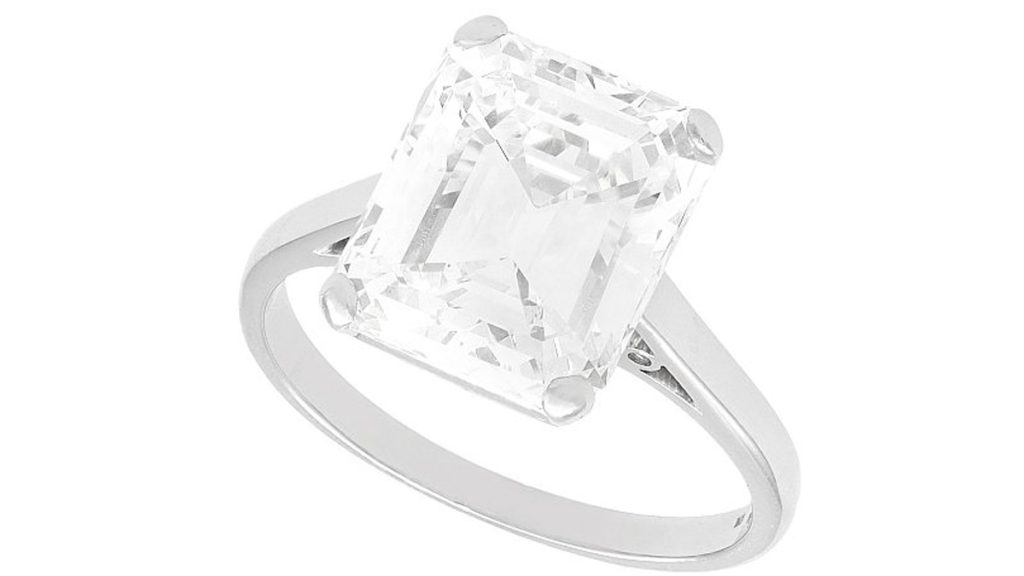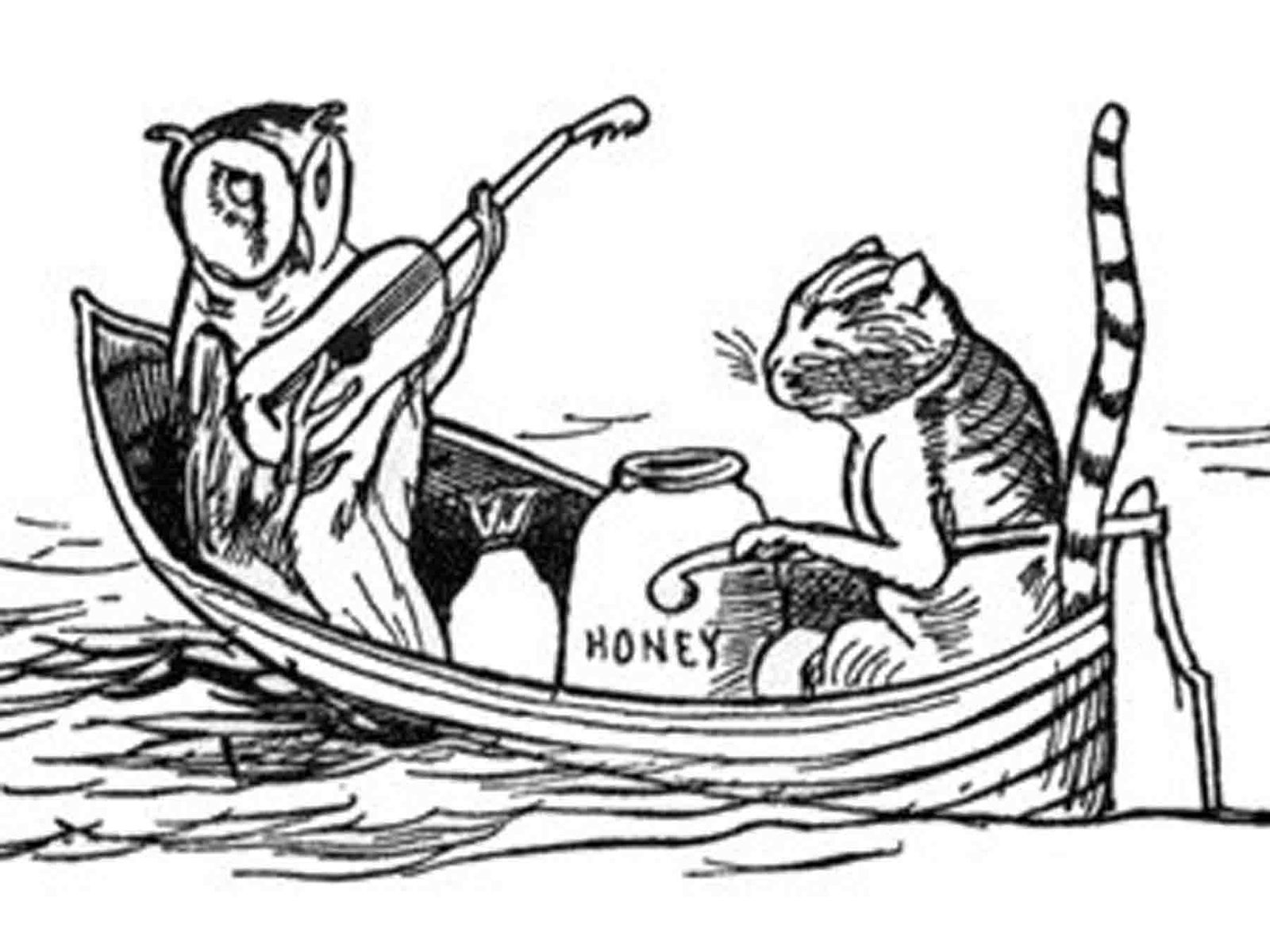Those familiar with the phrase ‘you’re a keeper’ may already be capable of understanding the keeper ring. An antique sub-category of rings from the 18th and 19th centuries, these rings managed the balance between romantics and practicality in way which does not have a direct modern comparison.
What is a Keeper Ring?
The term ‘keeper ring’ is used to apply to two different kinds of rings. In one instance, a keeper ring is a precursor to an engagement ring. Traditionally, keeper rings were given one year before the couple’s engagement began, and served to symbolise that they intended to become engaged. In this instance, the keeper ring draws a variety of comparisons with the modern-day promise ring or chastity ring, although it was not an inherent promise of purity or virginity as it could be given to women who had been married before.
The second usage for the term ‘keeper ring’ is for a ring which is worn on the wedding ring finger with the purpose being to keep the other rings in place. Since engagement rings feature expensive stones such as diamonds, wearing a less expensive ring as an anchor of sorts is a good way to ensure the safety of the more prized piece of jewellery. In a time when a diamond ring might be the most expensive item a person owned, losing that ring by having it slip off the finger could be ruinous; hence the importance of a keeper ring.
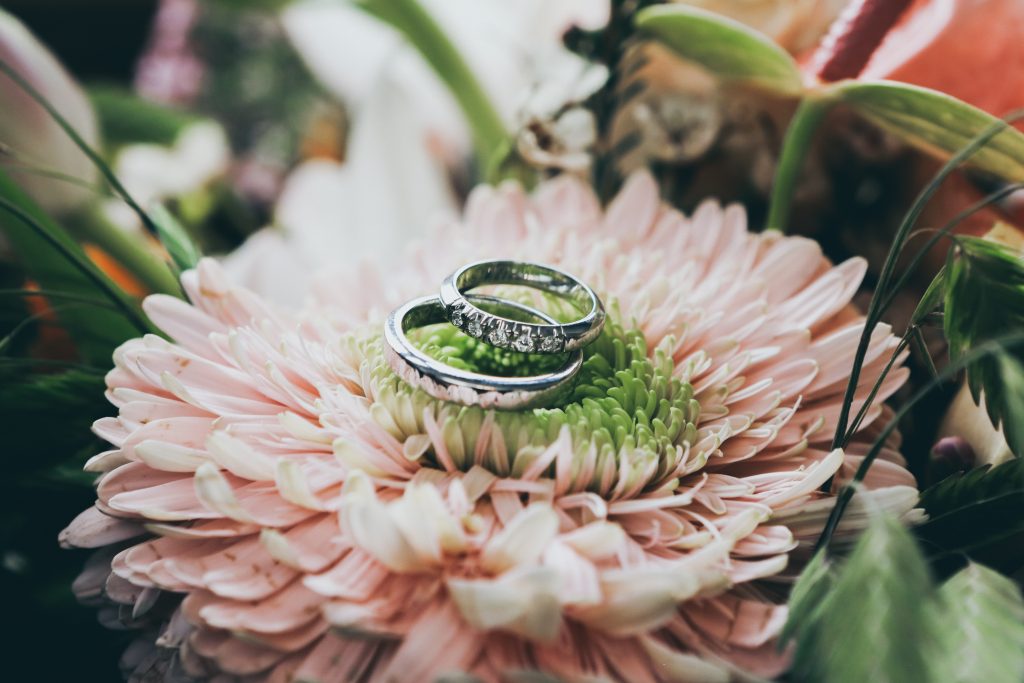
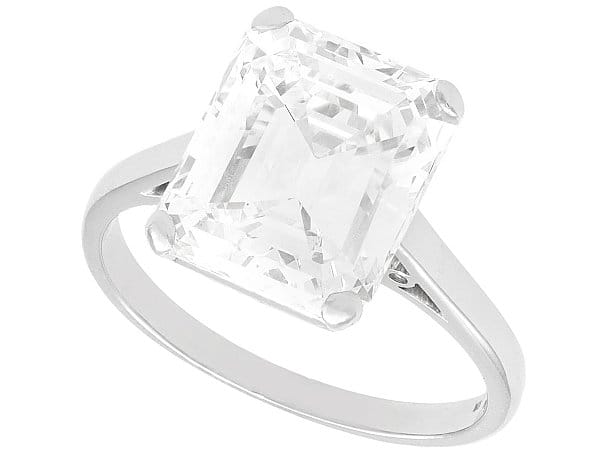
Keeper Ring History
Since there is more than one use for the term ‘keeper ring’, there is also more than one origin story for this type of jewellery. One such origin story for the ring comes from King George III in the 1760s, when he gave his bride, Queen Charlotte, a plain ring to wear in order to protect her diamond wedding ring. This ring was sometimes called a guard ring due to its unique function, and could be compared to the modern-day wedding ring or eternity ring.
The other main story about where the keeper ring came from finds its roots in Victorian courtship culture. There are a variety of Victorian jewellery traditions which play unique parts in its complex culturalisms. Rings such as ‘regards’ rings would often be given to a woman whom one intended to court; these rings – featuring gemstones the first letters of which would acrostically spell the word ‘regards’ – were ancestors to what we now consider to be the engagement ring, or potentially even more of a promise ring.
The keeper ring filled this same role, although with fewer gemstones. Keeper rings were designed to be practical as well as romantic, and the buyer wanted to avoid setting unrealistic expectations for the engagement ring that would eventually be presented.
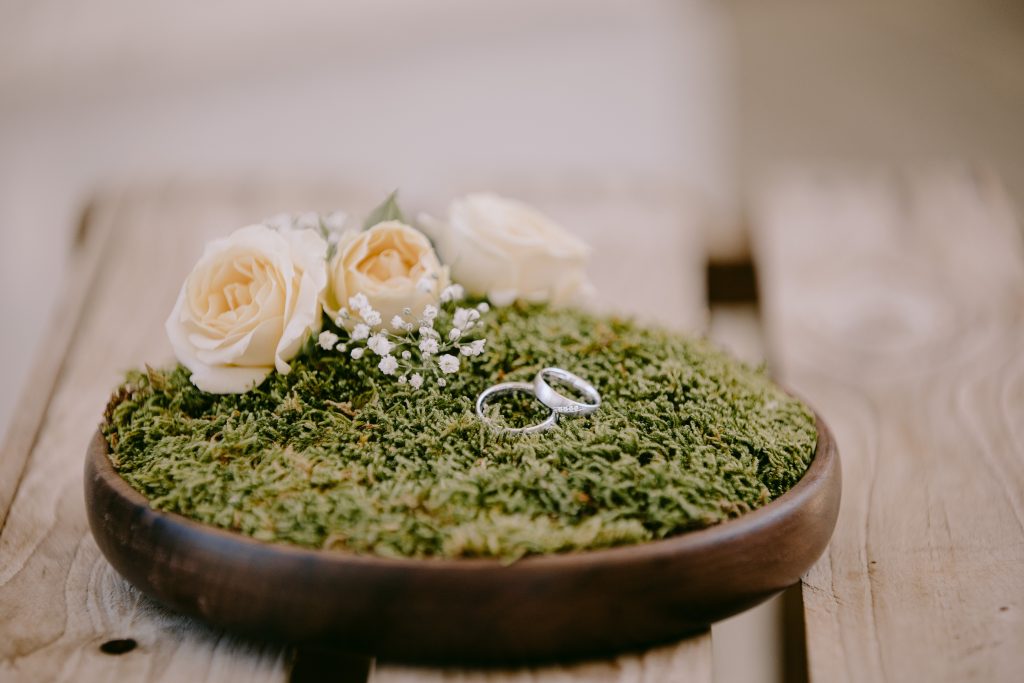
Who Wears a Keeper Ring?
Although they are typically larger and bulkier pieces of jewellery with little embellishment, keeper rings have been regarded throughout their existence as primarily being rings for women. It is not essential, however, that the ring be limited to a women’s-only piece of jewellery. Due to the thickness of the gold bands, they are actually well-suited to playing the role of a man’s wedding band, a pseudo-signet ring of sorts, or even a keeper ring in its own right, maintaining the position of a more highly-valued ring on the hand.
As is the case with most subcategories of jewellery, keeper rings began their existence with a sole purpose and a sole wearer. As time has progressed, however, these rings – like many other kinds of jewellery – have come to be used by more and more groups of people to serve a wider variety of tasks.
While keeper rings are no longer regarded as inherently romantic jewellery pieces, they are still valued for the practical purpose of keeping more expensive rings in place. They are also worn as fashion statements; while they were not crafted to be too decorative so as to not be of higher value than the ring they protected; they were also rarely completely plain. The keeper ring, with its subtle decoration, is widely loved today.

